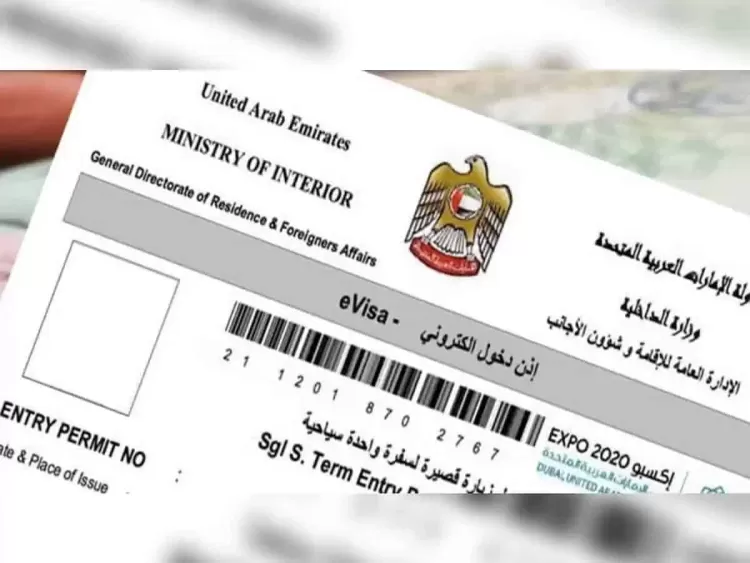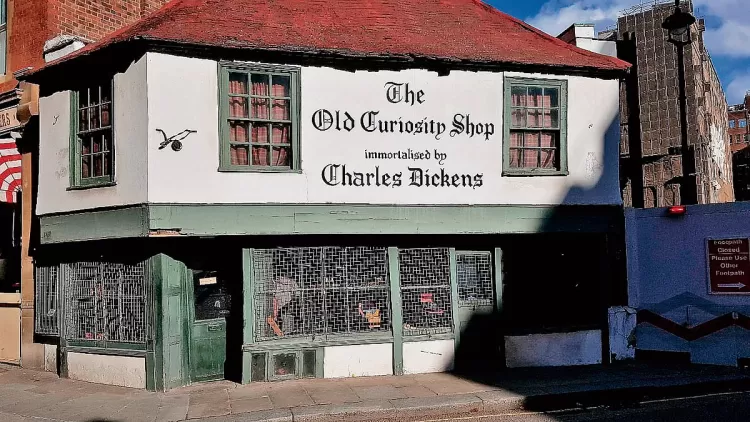Secret UK Files Detailing Confessions Of 3 Spies From Cambridge Released

Join our WhatsApp Community to receive travel deals, free stays, and special offers!
- Join Now -
Join our WhatsApp Community to receive travel deals, free stays, and special offers!
- Join Now -
Top secret MI5 files detailing first-hand accounts of confessions of three of Britain's most notorious double agents including Kim Philby and Anthony Blunt who spied for the Soviet Union were released for the first time on Tuesday.
Philby and Blunt were, along with Guy Burgess, Donald Maclean and John Cairncross, part of the "Ring of Five" - former Cambridge University students who passed information to the Soviets from the 1930s until at least the 1950s.
Declassified documents from Britain's domestic secret intelligence agency and made public by the National Archives detail investigations into the group whose shadowy activities have fascinated the public and were the inspiration for countless spy films and novels.

Photo Credit: Reuters
Among the papers is an incomplete six-page confession from 1963 of Philby, seen as the Cambridge Five's ringleader and who became a senior figure in Britain's foreign spy agency MI6, in which he finally admits his deception after years of suspicion.
It recounts how he met with a man called "Otto" in 1934 at the behest of his wife Lizzy who was a Communist Party member.
"In short he proposed that I should work for an organisation which I was able to identify later as the OGPU (the Soviet secret police)," wrote Philby, who was given the codename "PEACH" by MI5.
"I explained my own position with great care, and he interrogated me at length. He maintained his offer, and I accepted."
He also details how he helped recruit Burgess and Maclean, and later tipped them off that Maclean was about to be unmasked in 1951, which culminated in them both defecting to the Soviet Union.
Philby himself fled to Moscow shortly after his confession and in 2010 was honoured with a plaque at the headquarters of the foreign intelligence service in Moscow.
In the files relating to Blunt, there is a transcript of the 1964 interview conducted by MI5 officer Arthur Martin in which he finally confesses in exchange for immunity from prosecution.
QUEEN ELIZABETH
At that time, he was the late Queen Elizabeth's adviser on art, a role he maintained until 1972, with his involvement in the ring only publicly revealed in 1979.
A note from March 1973 said the queen's private secretary had spoken to the monarch about Blunt.
"She took it all very calmly and without surprise," it said.
Cairncross, the last of the spy ring to be publicly identified in the 1990s, admitted in a 1964 interview in the U.S. that he too had been recruited by Russian intelligence.
"Cairncross has admitted spying from 1936 to 1951," a telegram sent from Washington stated.
Some of the files will form part of a special exhibition at the National Archives titled "MI5: Official Secrets", featuring case files, photographs, papers and equipment used by spies in the agency's 115-year history.
"While much of our work must remain secret, this exhibition reflects our ongoing commitment to being open wherever we can," current MI5 chief Ken McCallum said.
Other documents released on Tuesday relating to MI5's work from 1909 until the 1970s, reveal MI5's interest in actor Dirk Bogarde who was believed to have been approached by Russian intelligence services, but after an interview, suspicions were dismissed.
There was also a booklet, used from 1939 to 1951, giving surveillance tips on how to be a good "watcher".
"The use of facial disguise is not recommended," it says. "It may be considered essential in Secret Service films but in practice it is to be deplored. A false moustache or beard is easily detected, especially under the high lights of a restaurant, pub, or in a tube (subway) train."
(Except for the headline, this story has not been edited by NDTV staff and is published from a syndicated feed.)
What's Your Reaction?
 Like
0
Like
0
 Dislike
0
Dislike
0
 Love
0
Love
0
 Funny
0
Funny
0
 Angry
0
Angry
0
 Sad
0
Sad
0
 Wow
0
Wow
0











_625x300_1529047966012.jpg?im=FeatureCrop,algorithm=dnn,width=1200,height=738#)







































